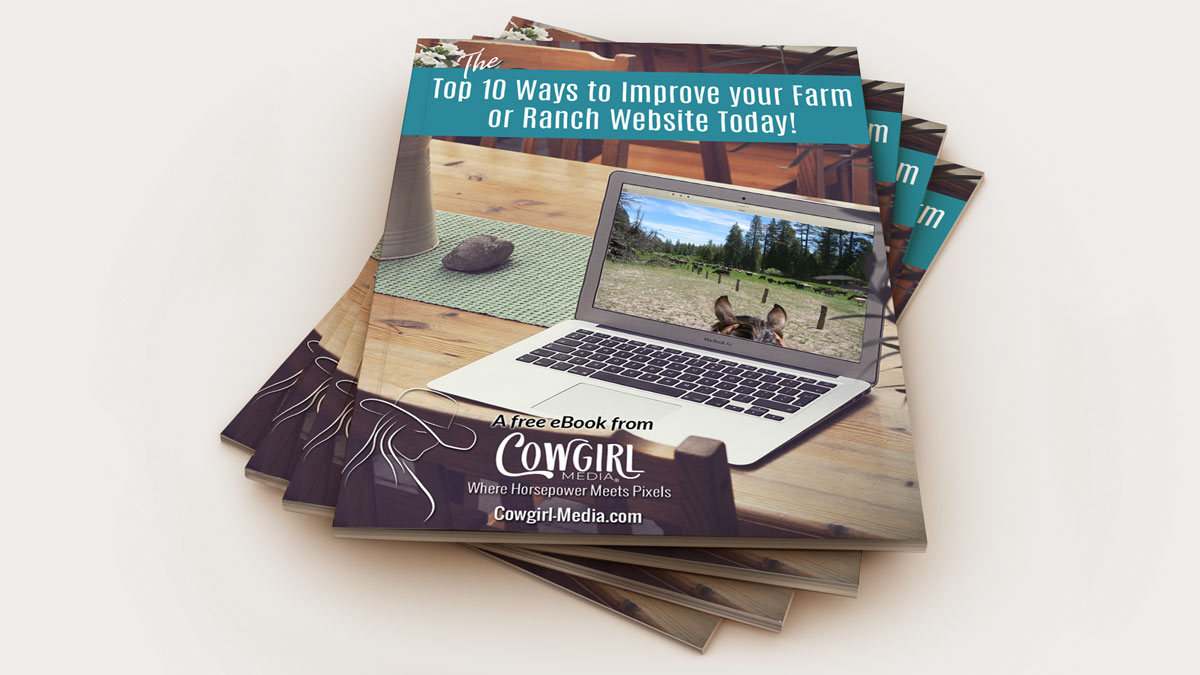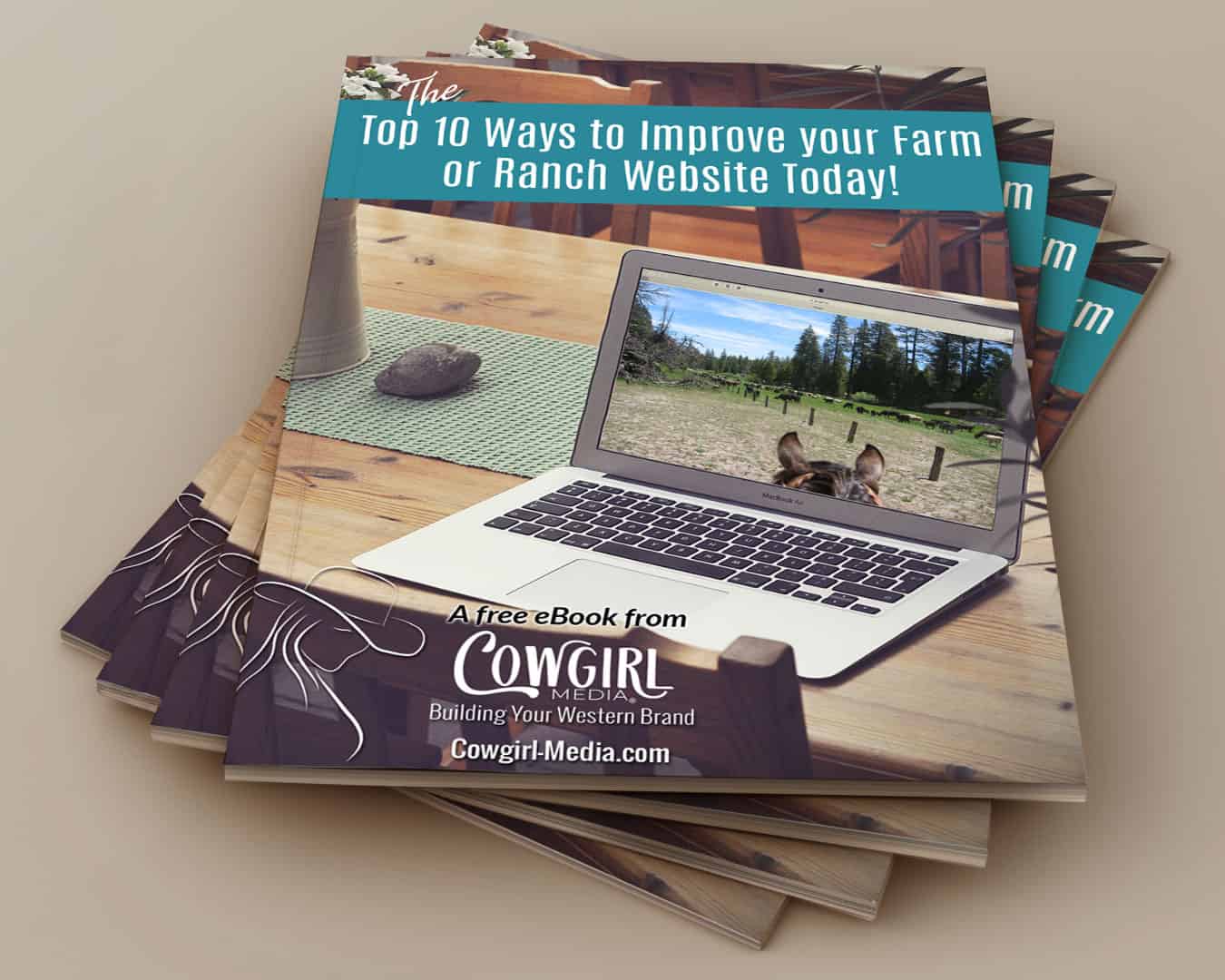The Branding Pen Series – Article 2

While this may not be the most interesting of topics, it’s important to understand exactly what marketing is, and what marketing means for you, a professional in an agricultural or agricultural related business. I’ll try to make it as interesting as possible, but hey, I never claimed to be a magician.
Marketing is based on thinking about your business in terms of customer needs and their satisfaction.
Marketing is not selling!
Marketing differs from selling because selling is just about getting people to exchange their cash for your product. It is not concerned with the values that the exchange is all about. In other words, marketing has less to do with getting customers to buy your product as it does with creating a demand for that product and fulfilling the customer’s needs.
If you Google “ag marketing” on the internet, you’ll come up with dozens of pages of brokers and other various websites which will help you get your crops to market. It’s difficult to find much of anything out there, or anyone, who specializes in helping people in an agricultural, or ag-related, business learn how to properly market their business, come up with a plan, connect with people and make more money.
And for the record, when I use the term “ag professional”, I’m referring to anyone who is earning a living in an agricultural or related business, or anyone who’s market is other people that live and enjoy the same type of agricultural lifestyle. I like to call it a “western-lifestyle business”. This could include a wide variety of people that will benefit from learning about effective marketing, including cattle ranchers, farmers, horse trainers, horse breeders, horse riding stables or facilities, saddle makers, horse haulers, realtors who specialize in ranch properties, etc. You get the idea.
For the purposes of this Branding Pen series of articles, ag marketing is not all about commodities and futures, or mission statements or marketing plans, or even advertising for that matter, but about getting in depth about who you are, who your customer is, what they need, how you can fill that need, and then how you go about finding your customer who undoubtedly cannot live without whatever it is you are selling. They have a problem and you have the solution to their problem. This could be that they are having trouble finding a bull to cross well on their heifers, or they just can’t seem to connect with a riding instructor that “talks” to them. What if it’s you and you’re not reaching them because you haven’t approached your marketing from a very basic level?
The basic elements of marketing your business are pretty simple, it just requires time and effort to go through the steps and complete each part, so that the transition to the next part makes sense. Like I said, there is no magic bullet, you gotta do the work.
Here are the basics:
- Understanding “branding”
- Define Your Product
- Define Your Ideal Client
- Establish Your Brand
- Marketing your brand, both online and offline
- Monetizing your brand
To elaborate more on these, let’s take a look at each part individually.
Understanding “Branding”
This is an introduction to “branding” a business, which is creating a unique identity for the business, not just in the form of a visual graphic, or logo, but also defining colors, which can set a mood, textures, and fonts for the visual part of it, but also what is unique about the business and what sets it apart from other similar businesses. How does the business operate, what are its values, what need does it fill, what experience will the customer have after the business is done? All of these things go into defining a brand.
For example, I love some recent Chevy Truck commercials. They have 2 different commercials, one targeted to women and one to men. Each commercial shows how the truck owner experiences a Chevy truck…the woman hauling her horse to a competition and coming home with a ribbon, and coming home in one piece without breaking down on the side of the road. The man is strong, trustworthy, off to go find a stray calf, and his truck will help him get the job done.
In both of these commercials Chevy has branded itself as reliable, strong, and independent. If I didn’t already own a truck, I’d be off buying one of these right now! In the past, Chevy had not yet established itself as the chosen heavy duty truck among ranchers and farmers, but they are changing that through their brand and guess what? I see more and more Chevy and GMC trucks on the road, driven by ranchers, cowboys, farmers and horse trainers. Guess it’s working!
Define Your Product
Before you can set about marketing anything, you need to know exactly what it is you’re trying to sell, so that you can figure out who you’re going to sell it to. Obviously you need to know the physical characteristics, if it’s an actual product, but there are several more things that need defining here, and we’ll dive into those in great detail in this segment of the program.
Define Your Ideal Client or Customer
Who, exactly, are you selling to, or trying to reach? This person needs to be defined down to when they eat breakfast and what kind of car they drive. Seriously. I will provide a worksheet for you later on in this series to help you determine exactly who this person is, what they’re like and why they need what you have. This will help you figure out how – and where – to reach them so that you connect with them and sell them your product.
Establish Your Unique Brand
This is the process of creating your brand, including the visual graphic as we talked about earlier, but also your brand message. In so many cases, we’re branding ourselves, not just our business, so we need to be true to our brand and all it represents. We have to deliver on what our brand promises, or we lose credibility and that will kill your business.
Marketing Your Brand
It used to be that you only had to worry about print advertising and other forms of offline marketing, such as attending events to get your name out there. Now, we have the internet and social media to contend with, but these two elements alone can help your business like nothing else can. It’s vital in today’s world to utilize both of these tools to be successful, in addition to the more traditional methods of marketing.
Monetizing Your Brand
There are many ways to utilize your brand for other streams of revenue, including advertising on your website, offering affiliate programs, writing books, selling audio/video and more. Diversifying and creating multiple income streams will ease the pressure of where is the money going to come from, free you up to work less and earn more, and give you the life you were truly meant to live.
Now that you have a basic understanding of what marketing means for you, the ag professional, you will better be able to make sense of the programs that are within the Branding Pen and how they will help you succeed in your business.
Don’t be afraid to try new things with your marketing! Think out-of-the-box, never been done before. Nothing is written in stone and you could just very well pioneer something incredible. Nothing ventured, nothing gained, right? So, like Nike says, “Just do it”.
Save
Save





